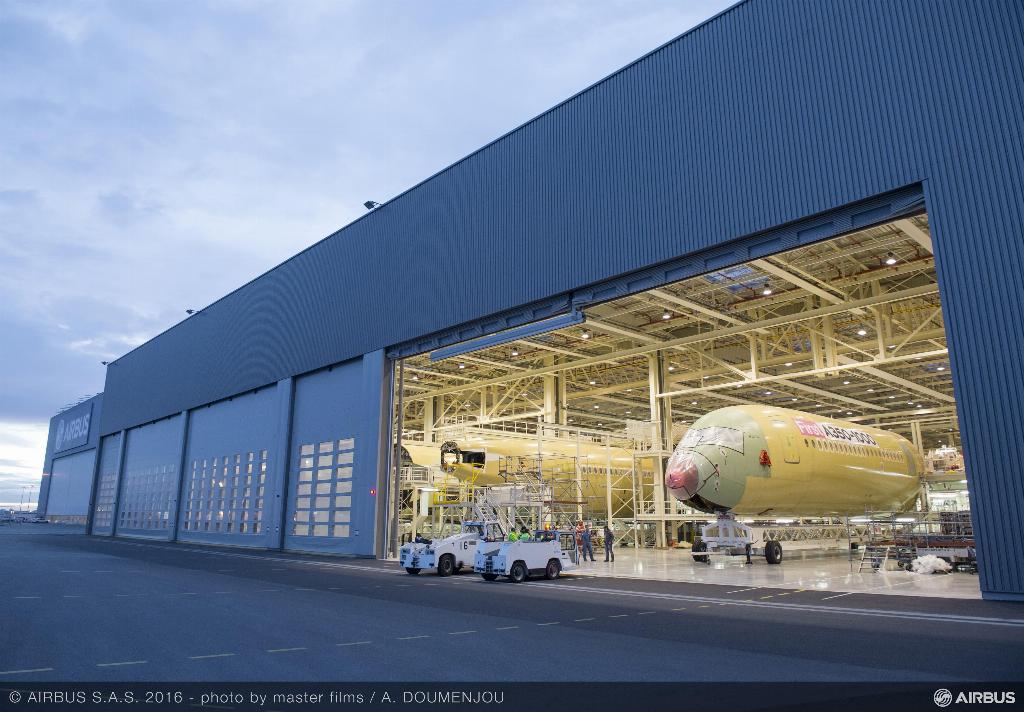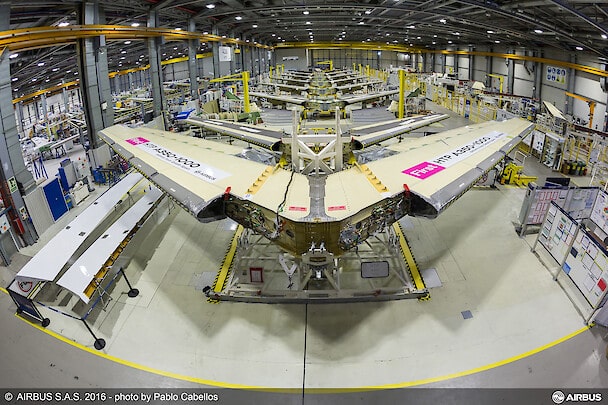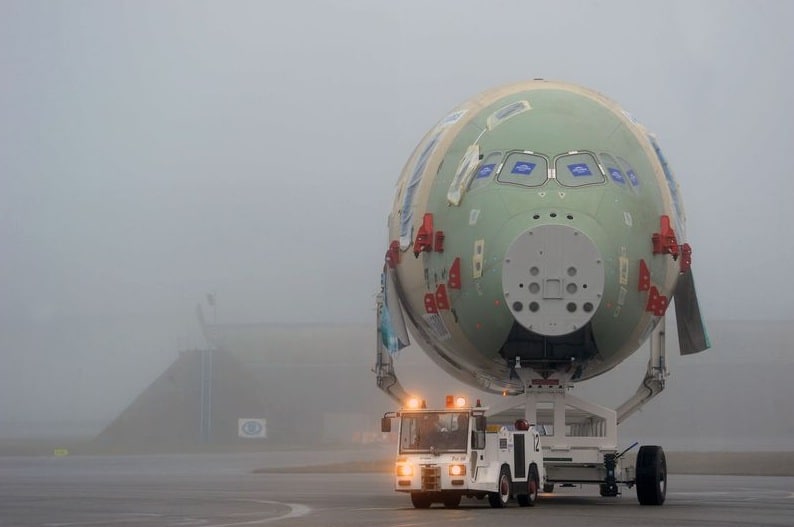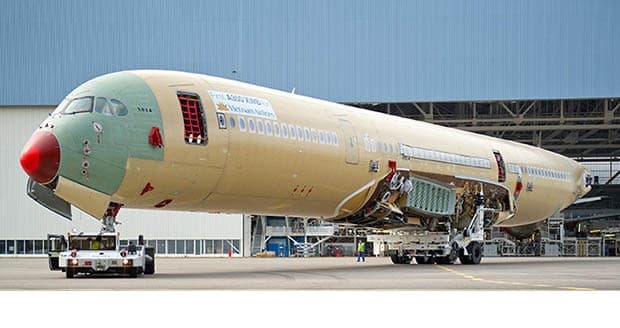Aerospace
How Airplanes are made ? Airbus A350 Aircraft Construction process.
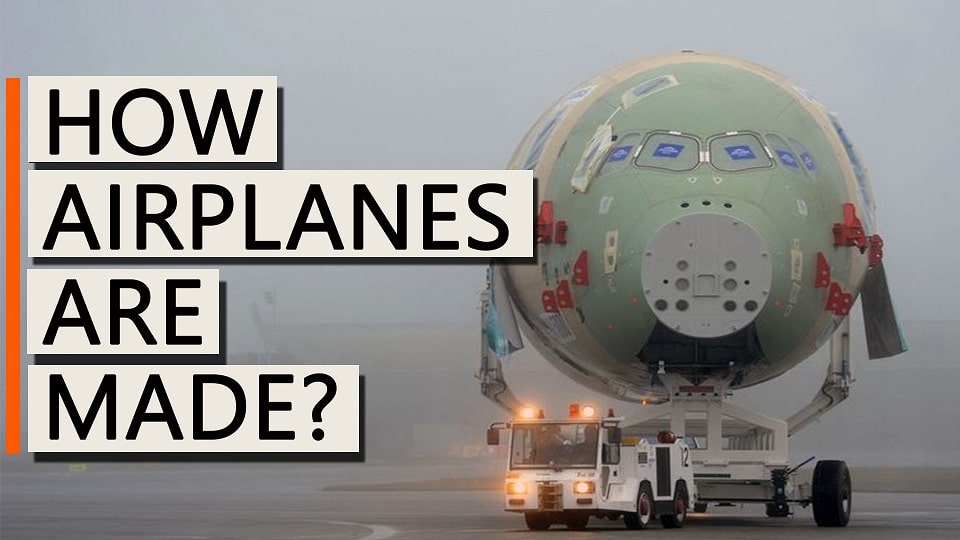
The aeroplane is such a wonderful machine for getting us from one point to another. It also allows us to enjoy the view of the city from above the sky while saving us valuable time. You surely have wondered at some point how these aeroplanes are constructed and what the underlying science is, therefore we will cover that in the video. Let’s get start
How do the LCH and Dhruv Helicopter Surveillance Cameras function?(Opens in a new browser tab)
Making an aircraft requires a lot of science and engineering, thus it is not a simple task. For the first time, the Wright brothers took to the skies. It made its maiden flight over Kitty Hawk, North Carolina, on December 17, 1903, with Orville in charge of the controls. Later, aviation technology advanced more and more. There are several companies that manufacture aircraft today, and they differ based on the needs of the clients.
One of the most cutting-edge aeroplanes currently in production, the Airbus A350, will be covered in this article. This wide-body aircraft can be used for longer journeys and has a carrying capacity of more than 350 passengers. This plane has a 19-hour flight range.
What is special about the Airbus A350?
A lot of engineering is needed to produce such aeroplanes, and Airbus conducts all of the work in various parts of Europe. In the initial stage company analyses market demands to develop the aircraft, A team of engineers will construct the aircraft and subject it to rigorous testing. Three aeroplanes will be produced initially, and they will be put through rigorous testing.
Where do Airbus get their parts from? (Logistics)
Beluga, is an unusual cargo plane designed by Airbus that resembles a fish and transports all the necessary components to the assembly site a few parts, such as engines and other heavy objects, have also been found in water and on roads. Manufacturing relies heavily on logistics to keep production moving along and complete tasks on schedule.
What is the A350 fuselage made of? (Fuselage Assembly)
It is one of the primary sections of the aeroplane and houses all of its parts, including the area where passengers are transported. Final Assembly Lines (FALs) for Airbus is located in Toulouse, France. where everything comes together and combines at this point. Airlines can operate more efficiently and with fewer carbon emissions thanks to the A350’s 53% composite material content. The A350 XWB is the first airbus to haveits wing structures and fuselage made of carbon-fibre reinforced plastic. The fuselage is often divided into three main segments: the front, the rear, and the middle, where it is connected together with the aid of the rivets, which firmly hold this component. As you can see in this video, the fuselage of the aircraft comes together and becomes its shape.
Does the A350 have composite wings? (Wing assembly)
Even if the engine fails, the wings are still the second-most crucial component of the aeroplane since they aid in gliding and landing. This is a very important component, and Airbus tests many levels of wing construction before selecting the best and strongest one to use in the aeroplane. Wings support the left and right engines, as well as the gasoline inside. With the aid of flaps, they also assist in lifting the aircraft off the ground.
The lightweight carbon composites make up the majority of the A350 XWB’s wing, including its upper and lower covers. These are some of the largest carbon fibre single aviation parts ever manufactured, measuring 32 metres long by six metres wide.
Empennage or tail assembly.
The vertical tail of the aircraft aids in keeping it going forward in a single direction, and it also aids in turning the aircraft in any direction. The most important part of this aircraft is its wings and tail, without which it cannot be controlled. This section is operated by a fly-by-wire system that responds to commands from the captain.
Engine
The engine, which generates the amorphous thrust that propels the aeroplane forward, is the main component that really generates the forward motion. Typically, the aircraft manufacturer will select the engine based on the size and capacity requirements. Before deciding whether an engine is safe for operation, it will undergo a variety of tests, including running in various weather conditions for a number of hours. Airbus constantly ensures that aeroplanes are kept safe and swift because engine parts endurance is one of the toughest problems. The Rolls-Royce Trent XWB engine, installed by airbus in the A350, generates 431.5-kilo newton of thrust.
A350 Avionics
The nervous system of an aircraft is made up of avionics and instruments, which give the cockpit constant updates on the status of the aircraft and its systems. Further cockpit developments are crucial because the cockpit serves as the primary control centre for an aircraft. The majority of Airbus aeroplanes have a fly-by-wire technology, which uses electric actuators to control hydraulic controls to further reduce weight due to the aircraft’s small size. The cockpit instruments receive data from all the instruments that collect information from various sensors and ground communication devices. Pilot makes the necessary decisions for flying after considering all the information.
Indigo to add Boeing 777 wide body aircraft in its fleet.(Opens in a new browser tab)
Painting Section.
The airlines chose the painting in accordance with their brand identity, theme colours, and logo choice. however, the majority of aircraft are often painted white. The entire painting process takes place in a closed room with high ceilings. In order to protect the aircraft body from heat, two layers will be painted on it: a base layer and a primary layer. Additionally, a designer will create the airline’s logo and name, which will be carefully painted on the aircraft.
Interior of cabins
The primary airline signature style is found in the cabin interior. Long-haul flights typically use the A350, and in order to maximise passenger comfort, airlines luxuriously furnish the cabin and offer the nicest seats available. After the customer’s choice is made, some vendors who work in tandem with the Airbus firm construct demo examples for the client. Interiors of the cabins’ seats will be created. Airlines often have two primary sections: a business class and a premium or economics class.
Test phase
After completing all necessary steps, the aircraft will be checked for taxing and many other functions before being handed over to the owner.
Tell us in the comments what component of the aircraft you find most interesting. Isn’t it remarkable how an aircraft is built? Thank you for watching; if you like it, please let others know.

Aerospace
Boeing’s problems reach new heights with stranded astronauts
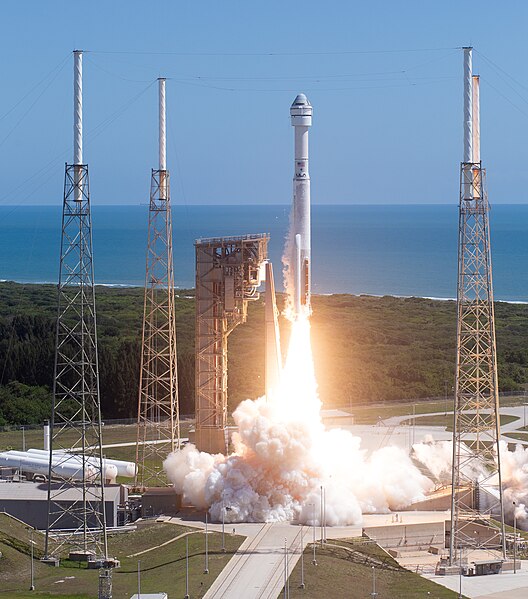
In a significant development for NASA and Boeing, astronauts Barry “Butch” Wilmore and Sunita “Suni” Williams are facing an extended stay in space due to a series of technical issues with Boeing’s Starliner spaceship.
Launched on June 5 for its first crewed flight to orbit, the mission was originally slated for an eight-day duration but has since been prolonged indefinitely. This delay follows a string of setbacks that have plagued the Starliner program.
NASA’s Steve Stich has been keen to emphasize that the astronauts are not stranded in space, but are, in fact, “enjoying their time on the space station.” He stated, “Our plan is to continue to return them on Starliner and return them home at the right time.”
Five helium leaks, five faulty maneuvering thrusters
However, the mission has faced numerous technical problems, including five helium leaks, five faulty maneuvering thrusters, and a propellant valve that partially failed to seal. These issues have forced NASA to reschedule the return trip three times, with no firm return date currently set. Internally, NASA has identified July 6 as a potential return date, but this has not been confirmed.
Starliner designed for missions up to 210 days
The Starliner spacecraft, designed for missions lasting up to 210 days, offers a contingency plan for the astronauts in the event of a space station emergency. They could return to Earth using the Starliner. Stich’s reassurances underscore the robustness of the spacecraft’s design, even amid these challenges.
This mission marks Boeing’s first astronaut launch following a series of delays and setbacks. The company, along with SpaceX, is part of NASA’s strategy to rely on private companies for astronaut transportation following the retirement of the space shuttle fleet.
NASA plans to alternate between SpaceX and Boeing in the future, aiming to maintain a steady and reliable means of transporting astronauts to and from the International Space Station. Despite the current hurdles, Wilmore and Williams are reportedly in good spirits and continuing their work on the space station.
Their extended mission underscores the resilience and adaptability of astronauts and the importance of rigorous testing and problem-solving in space exploration. As Boeing and NASA work to resolve the Starliner’s technical issues, the world watches closely, hopeful for a successful and safe return of the astronauts.
-

 Airlines3 weeks ago
Airlines3 weeks agoInvestigations Reveal Fake Chinese Titanium in Boeing and Airbus Jets
-

 Aviation2 months ago
Aviation2 months agoEmirates is hiring pilots with higher salaries across 18 countries
-
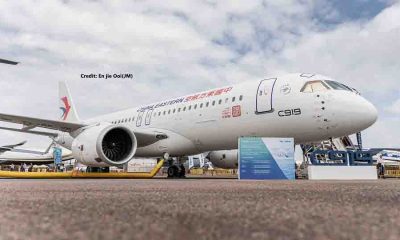
 Airlines2 months ago
Airlines2 months agoThese are two airlines that placed the largest orders for Comac
-
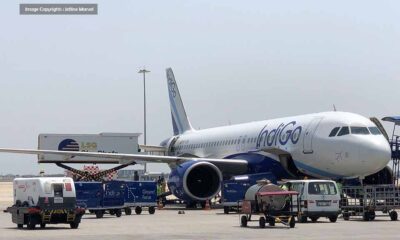
 Aerospace2 months ago
Aerospace2 months agoIndiGo to Order 100 Small Planes from Airbus, ATR, or Embraer
-

 Tech1 week ago
Tech1 week agoChina’s CATL Plans 1,800-Mile Electric Plane Launch by 2027
-

 Aerospace5 days ago
Aerospace5 days agoChina’s Fighter Jets Turn Wings into Autonomous Drones
-
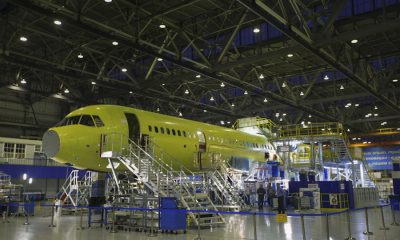
 Aviation3 weeks ago
Aviation3 weeks agoRussia’s Venture into Spare Parts Production for Western-Made Jets
-

 Travel2 months ago
Travel2 months agoQantas to Introduce Daily Flights from Bengaluru to Sydney
